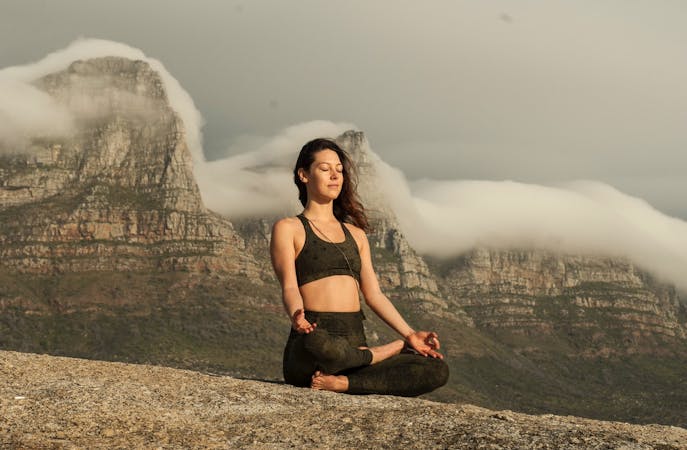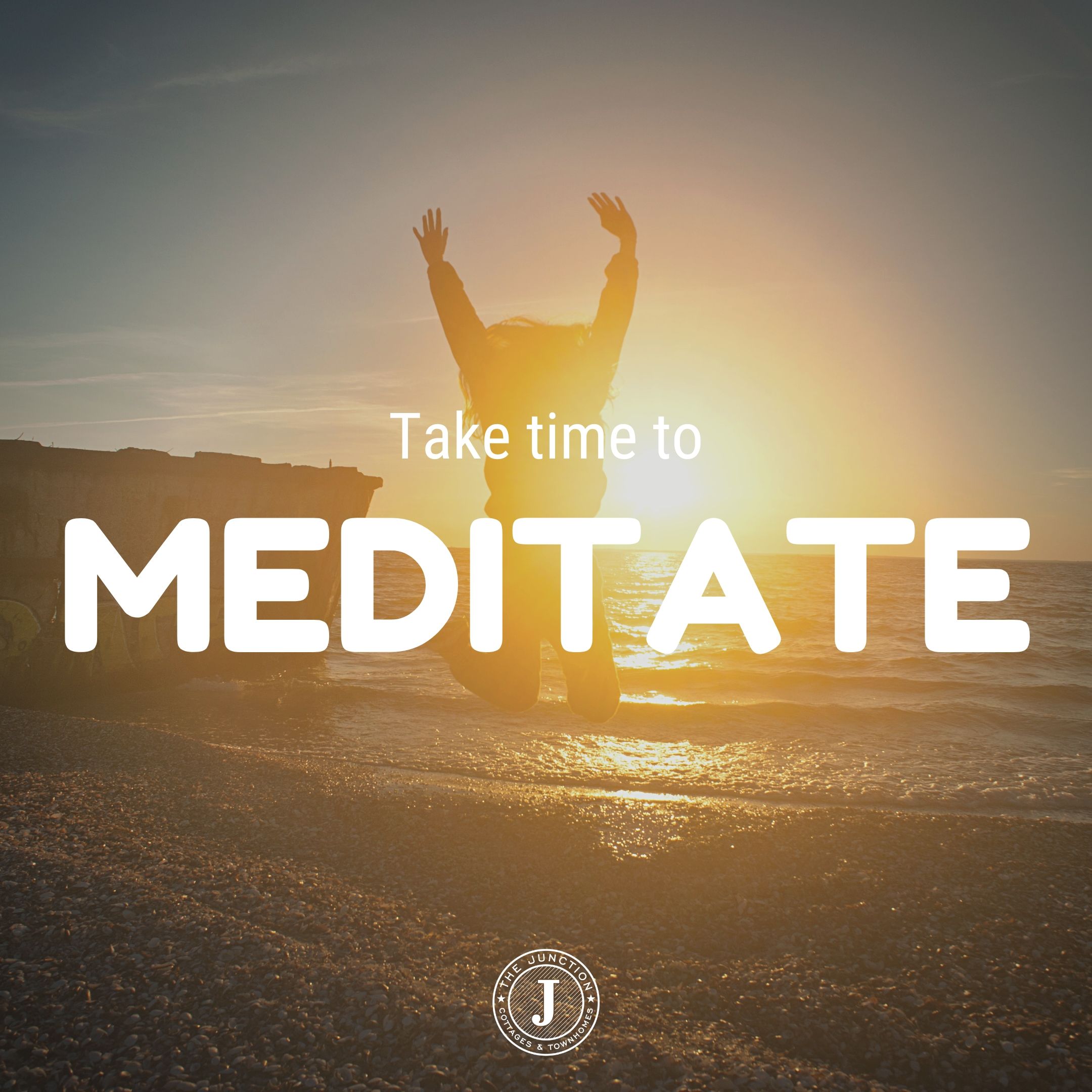Unlock Inner Peace: A Comprehensive Overview on How to Meditate?
Unlock Inner Peace: A Comprehensive Overview on How to Meditate?
Blog Article
How to Meditate: A Detailed Approach to Getting Mindfulness and Calm
Reflection functions as a powerful device for attaining mindfulness and emotional calmness in a fast-paced globe. By recognizing the fundamental concepts and methods included in reflection, individuals can cultivate a practice that boosts their general well-being. This conversation will detail crucial steps, from developing a favorable atmosphere to integrating reflection into everyday routines. As we check out these elements, it ends up being clear that the trip to mindfulness is not just about the act of being in silence, but instead about cultivating a much deeper link with oneself and the globe around us. What might this improvement require?
Recognizing Meditation
Comprehending reflection entails understanding its fundamental concepts and strategies, which serve as the structure for the practice. At its core, meditation is a mental exercise targeted at promoting leisure, building inner energy, and developing concern and understanding. The technique motivates individuals to focus their attention, commonly via methods such as deep breathing, visualization, or mantra repeating.
Reflection can be classified into various designs, consisting of mindfulness, transcendental, and loving-kindness meditation, each with distinct purposes and methods. Mindfulness reflection emphasizes present-moment awareness and non-judgmental observation of ideas and sensations, while transcendental reflection includes using certain concepts to transcend common mind. Loving-kindness reflection concentrates on developing an attitude of love and concern towards oneself and others.
No matter of the technique utilized, the main goal stays regular: to cultivate a much deeper understanding of the mind and its patterns. This self-awareness cultivates psychological resilience, clarity of idea, and a profound sense of calm (How to meditate?). By comprehending these concepts and methods, people lay the groundwork for a successful meditation technique that can significantly boost their overall well-being
Preparing for Your Practice
Before starting your reflection technique, it is essential to develop an environment conducive to focus and relaxation. Make sure that the location is totally free and tidy of clutter, as a neat setting can help remove the mind.
Think about the lighting, as all-natural light can boost your mood and power. Soft, warm lighting is typically much more relaxing than rough fluorescent lights. Furthermore, select a comfortable temperature level, ensuring that you are neither as well hot neither too cold.
Integrating components that advertise tranquility can additionally improve your experience. This might include soft paddings or coverings for comfort, as well as soothing scents from vital oils or incense. It can additionally be beneficial to have actually a timer established for your meditation session to avoid disturbances from clock-watching.
Basic Meditation Strategies

One more efficient strategy is body check meditation. This entails mentally scanning your body from head to toe, discovering any areas of tension or discomfort and knowingly relaxing those muscle mass. This technique fosters a deeper link between your mind and body.

Finally, loving-kindness meditation focuses on cultivating concern towards yourself and others. Quietly repeat expressions of a good reputation, improving psychological wellness and interconnectedness. Each of these techniques acts as a structure for your meditation journey, allowing you to locate the method that reverberates ideal with your individual method.
Preserving Focus and Mindfulness

Developing a specialized reflection space can improve the ability to preserve mindfulness. A silent, uncluttered setting decreases diversions, enabling much deeper immersion in the practice. Additionally, setting a time limit can aid manage assumptions; beginning with much shorter sessions may reduce the shift into longer methods.
Making use of techniques such as body scanning or observing feelings can likewise boost mindfulness. These methods encourage professionals to remain existing and engaged with their physicality, anchoring their attention in the moment. Regular practice is vital; the brain develops durability gradually, creating a more powerful capability for emphasis.
Incorporating Reflection Into Day-to-day Live
Including meditation into life can change routine tasks into possibilities for mindfulness and self-reflection. By incorporating mindfulness techniques right into usual tasks, individuals can cultivate a better sense of presence and harmony amidst the numerous hours of day-to-day life.
Begin by determining moments throughout your day where you can practice and stop mindfulness. As an example, during your early morning commute, emphasis on your breath or the sensations of the setting around you. In the kitchen, strategy cooking as a meditative practice, enjoying the appearances, colors, and aromas of the active ingredients. Even mundane activities like washing recipes or strolling can come to be possibilities for meditation by routing your interest to the experiences of motion and the sounds surrounding you.
Additionally, alloting committed times for reflection can enhance its practice. Start with brief sessions, slowly boosting duration as right here you come to be a lot more comfy. Usage pointers or cues-- like a particular time of day or a relaxing sound-- to establish uniformity.
Eventually, the objective is to weave mindfulness right into the textile of daily life, allowing you to come close to each minute with objective, consequently improving your overall feeling of health and clarity.
Conclusion
In conclusion, effective reflection calls for a peaceful atmosphere, a comfy setting, and a concentrate on the breath. By permitting thoughts to arise without judgment and constantly redirecting focus to the breath, experts can accomplish boosted mindfulness and harmony. Integrating numerous techniques, such as body scanning and loving-kindness phrases, can better improve the technique. Normal reflection, also briefly sessions, cultivates a deeper link to today moment, inevitably bring about higher calmness Discover More and mental clarity in day-to-day life.
Meditation can be categorized into various styles, consisting of mindfulness, transcendental, and loving-kindness meditation, each with distinctive objectives and methodologies. Mindfulness meditation highlights present-moment awareness and non-judgmental observation of sensations and ideas, while transcendental reflection includes the use of certain mantras to go beyond average thought processes.With your meditation area prepared, it's time to discover numerous fundamental reflection techniques that can assist grow mindfulness and inner tranquility.Constantly maintaining focus and mindfulness throughout reflection can be difficult, particularly for those new to the practice.Developing a devoted meditation area can improve the capacity to keep mindfulness.
Report this page